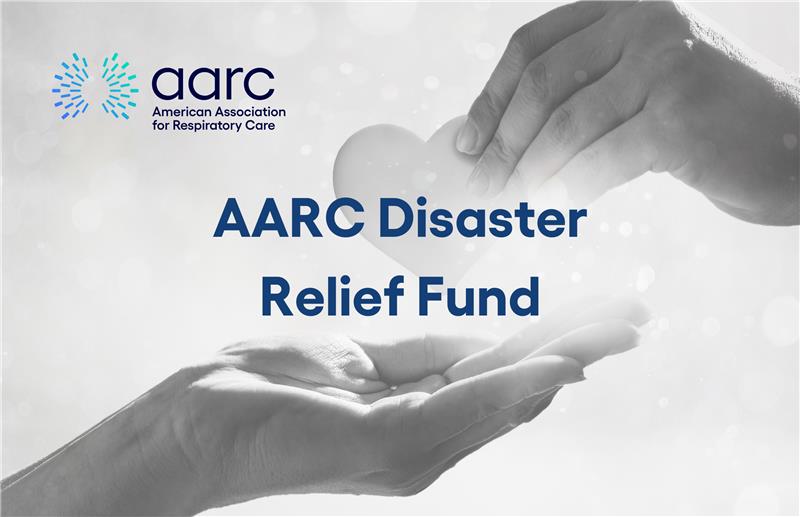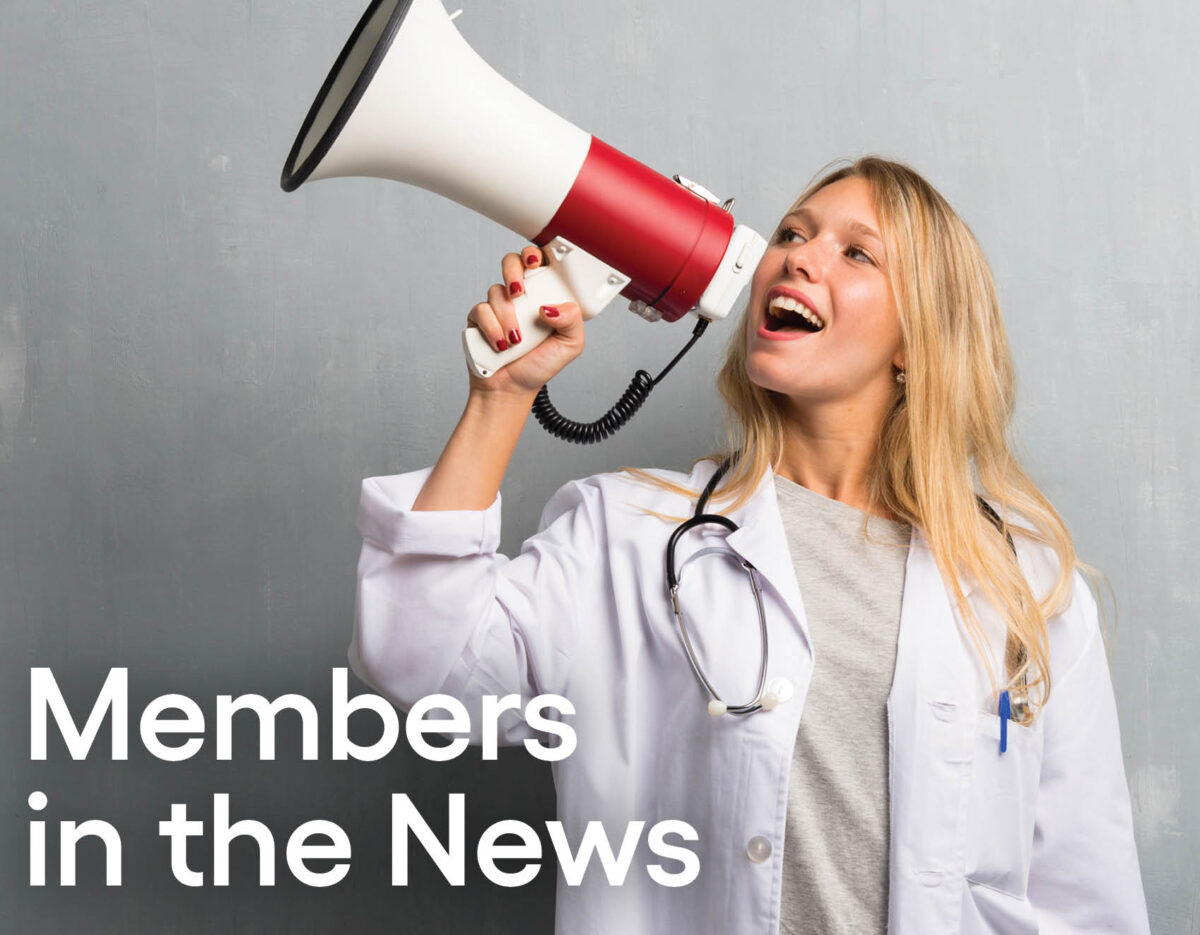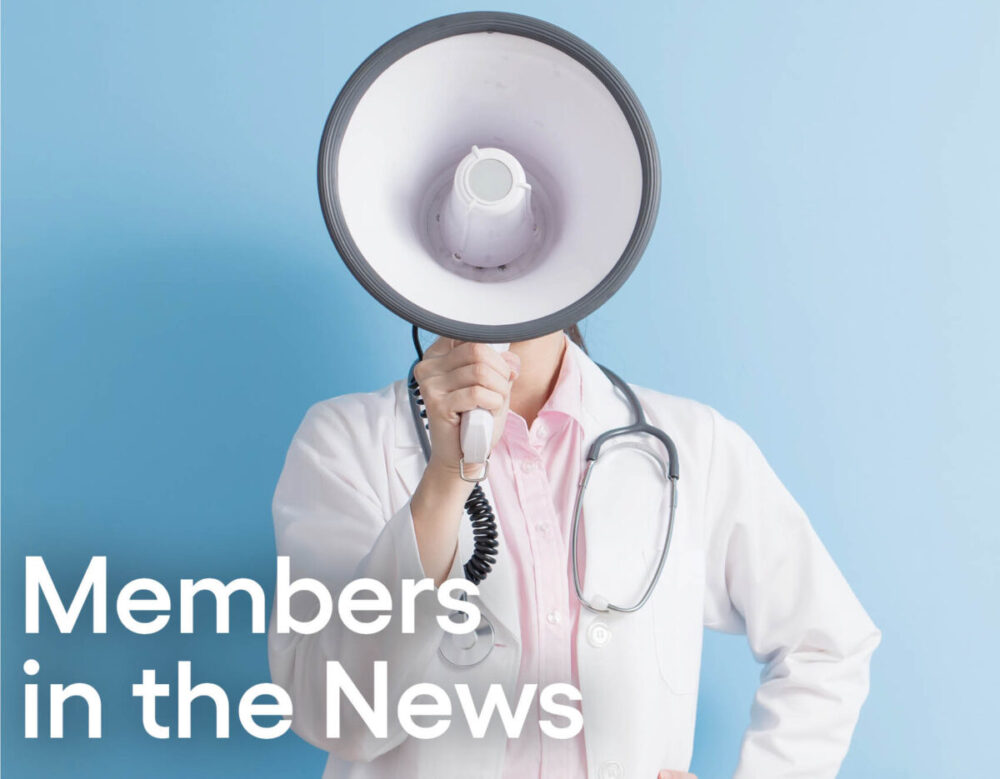
By Debbie Bunch
February 19, 2024
Like many therapists working in an adult acute care hospital, Sarah sees her fair share of chronic lung disease patients. Most of them landed in her facility due to an acute exacerbation they could not handle at home. And while she certainly finds it rewarding to watch them benefit from the care she provides at the bedside, she often wonders how nice it would be to follow them when they go back home too.
With the right patient education and support, she thinks she could help them avoid another hospitalization like the one they just had.
If Sarah sounds like you, pulmonary rehabilitation (PR) might be the niche in respiratory care you’ve been looking for. In this interview, AARC Ambulatory and Post-Acute Care Section Chair-elect Mike Hess, MPH, RRT, RPFT, explains what PR has to offer and the factors you need to consider before making a switch to this specialty.
First tell us a little about the specialty of pulmonary rehabilitation and why RTs are important to the area.
Oftentimes, people look at pulmonary rehab as basically a workout session at the gym. However, it’s really a lot more than that. Sure, there’s exercise, but there’s also education, support, evaluation, and a lot of other things involved. RTs are essential here because we have the detailed knowledge of pathophysiology and treatments needed to determine what the best course for a particular patient is and then help implement that plan.
What are the main job responsibilities of an RT who works in this setting?
No one knows where they need to go until they figure out where they are, so the first responsibility is assessing a patient’s health status. This involves a battery of testing, including using tools like the COPD Assessment Test to determine baseline symptom burden, and using the six-minute walk test to measure endurance, oxygenation status, and other vital signs. That information then informs the overall exercise plan to get the patient in better physical condition. RTs then monitor that person every step of the way — no pun intended — to give them the best chance of success.
In addition to that, PR RTs are also responsible for making sure people know how to use their other therapies appropriately. The education piece of pulmonary rehab includes checking knowledge about when and how to use inhaled medications, teaching breathing techniques, giving nutrition tips, double-checking that oxygen or ventilation equipment is appropriate for the patient’s needs and goals, and making sure that each patient is able to manage their overall condition as well as possible.
What educational and/or credentialing requirements do people need to meet in order to be considered for a job in pulmonary rehabilitation?
There isn’t technically any additional formal education beyond standard RT training to become a PR RT. However, ideally, candidates for these positions will have good knowledge regarding the management of chronic respiratory problems like COPD and pulmonary fibrosis. They’ll be well-versed in the various inhaler and nebulizer devices available and how to evaluate someone’s technique. They’ll need to have at least a working knowledge of exercise physiology and the impact of activity on breathing and fitness, and they really ought to have a good grasp on counseling techniques like motivational interviewing in order to be more prepared to coach patients to adhere to their therapy plans — and to quit smoking, if applicable.
AARC and the American Association for Cardiovascular and Pulmonary Rehabilitation (AACVPR) have partnered to create a voluntary Pulmonary Rehabilitation Certificate Course for pulmonary rehab professionals. This certificate covers all of the topics one would need to be an effective PR RT and is good for 12 CRCEs to boot!
Pulmonary rehabilitation involves connecting with patients. What personality characteristics does someone need to have to be successful in this specialty?
You have to be a people person. A lot of the time, RT jobs are focused on solving an immediate problem, whether it’s adjusting ventilator settings to optimize blood gases, helping someone through a symptom flare-up, or literally bringing someone back to life.
PR and other ambulatory/post-acute care roles don’t have that kind of immediate gratification. In fact, it can sometimes be just the opposite; when you’re pushing someone to their limits, they may not like you very much, and they’ll definitely let you know! But they also really appreciate the investment you place in them, the care you display, and ultimately the results you generate. You have to be a coach, a teacher, a taskmaster, a cheerleader, and a counselor all rolled into one, so you really need to enjoy playing all those parts — or at least most of them.
What are the biggest challenges of working in pulmonary rehabilitation and why?
It’s not an easy job. As I mentioned, you don’t necessarily get the adrenaline rush of the ER or ICU, or the immediate thrill of getting the “right answer” with your vent settings. Reimbursement is always a struggle, so a lot of programs have to squeak by with bare bones facilities or share them with the cardiac rehab teams. You’ll probably get a lot of push-back from people as you coach them to go harder, faster, stronger. There aren’t enough programs, so waiting lists are often months long, which means you’re going to be busy pretty much of the time.
What are the biggest rewards?
People often first come to pulmonary rehab because they HAVE to, because someone told them to. But when they see the effect that a quality program operated by outstanding RTs and collaborating clinicians has, they start coming back because they WANT to. Many develop close bonds with their peers, becoming “rehab buddies” that support each other, hold each other accountable, teach each other.
THAT’S the impact you can have, literally changing the course of someone’s life. It just takes a little longer than at the bedside. Having someone come to you after a few weeks and say, “Wow, you were right! I DO feel better after this work” or even better, “You know, I didn’t realize how bad my breathing had gotten until it started getting better” is an entirely different kind of rush. You get to build relationships over time and see the improvements in people’s quality of life. You’re often the first clinician that has really been able to take the time to look past their condition and see THEM, as a person.
Like I said, you’re really investing in people, and they appreciate that; in many cases, more than you’ll ever know.
What are your top three tips for anyone who is considering a switch to the pulmonary rehabilitation setting and why do you think each one is important?
- Give it equal thought to other career moves. Sometimes ambulatory/post-acute care roles like PR are perceived as somehow being “lesser” than more stereotypical roles like at the bedside or in leadership. But they honestly aren’t — they’re just different. Taking a role like this doesn’t mean you can’t hack it, or that you’re burned out, or you’re ready to retire. They can potentially be a good fit for anyone at any stage of their career. There’s no wrong way to RT!
- Do some homework. To best serve your patients, you’re going to need skills and knowledge that associate’s-level programs rarely have the time to provide, like the motivational interviewing techniques I mentioned. You’ll need to develop those on your own, whether it’s through research or the AARC/AACVPR certificate program. And while you’re learning, remember that these are skills that need practice, just like intubation or drawing an ABG. You’re not going to get it right the first time, and that’s OK as long as you’re honest with your patients and you keep working at it.
- Talk it over with your peers! The Ambulatory and Post-Acute Care membership section is full of experienced PR RTs who are more than willing to share their experiences and advice through AARConnect or other channels. You can also head over to one of your local PR programs and talk to the RTs on site, or even shadow them for a while. Get a feel for the atmosphere, chat with some of the patients, see what you think. If it’s a good fit for your next career move, jump on in!








